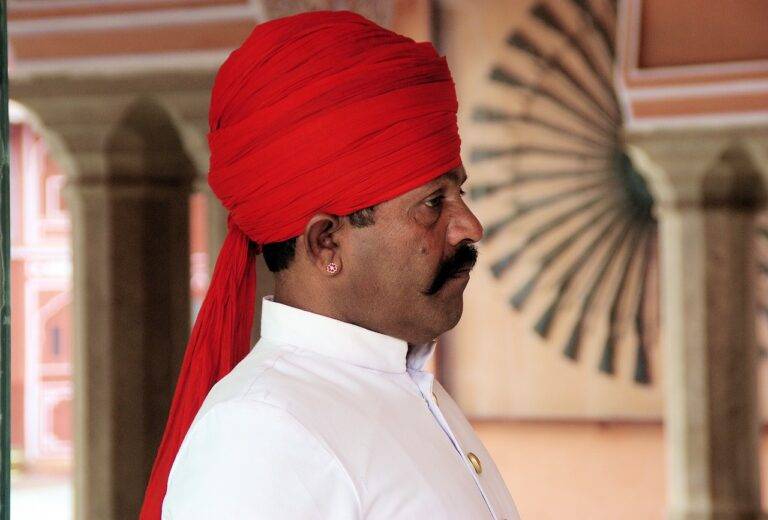Analyzing the Impact of Electoral College Reform Proposals on Democracy
The Electoral College was established during the Constitutional Convention of 1787 as a compromise between those who wanted the president to be elected by Congress and those who preferred a direct popular vote. The Founding Fathers, wary of potential mob rule and wanting to give less populated states a voice in the election process, devised the Electoral College as a way to strike a balance between state and federal power.
Under this system, each state is assigned a number of electors equal to the total number of its Senators and Representatives in Congress. These electors, chosen by the state legislatures, then cast their votes for the President and Vice President. The candidate who receives a majority of electoral votes (270 out of 538) wins the presidency. Despite criticisms and calls for reform, the Electoral College remains a central feature of the U.S. presidential election system, shaping the dynamics of campaigns and outcomes.
Potential Flaws in the Current Electoral College System
One major flaw in the current Electoral College system is the possibility of a candidate winning the presidency without securing the popular vote. This has occurred in several elections throughout history, leading to debates and criticisms about the system’s fairness and representation of the people’s will. The Electoral College’s winner-takes-all mechanism in most states can result in a candidate receiving all of a state’s electoral votes even if they only won by a small margin, amplifying the impact of even slight discrepancies in individual state results on the overall outcome.
Additionally, the Electoral College can potentially lead to a discrepancy between the popular vote and the outcome of the presidential election. This disparity can undermine the democratic principles of one person, one vote, and raise concerns about the legitimacy of the electoral process. The system’s reliance on electors to cast the final vote, with the possibility of faithless electors, adds another layer of uncertainty and potential for a disconnect between the will of the people and the ultimate electoral result.
What is the history of the Electoral College?
The Electoral College was established by the Founding Fathers as a compromise between electing the President by a vote in Congress or by a popular vote of qualified citizens.
What are some potential flaws in the current Electoral College system?
Some potential flaws include the winner-take-all system in most states, which can lead to a candidate winning the electoral vote without winning the popular vote, and the possibility of faithless electors who may not vote according to the popular vote in their state.
Why does the winner-take-all system in most states pose a potential flaw in the Electoral College system?
The winner-take-all system means that all of a state’s electoral votes go to the candidate who wins the popular vote in that state, even if the margin of victory is very small. This can lead to a candidate winning the electoral vote without the support of the majority of voters.
What are faithless electors and why are they considered a potential flaw in the Electoral College system?
Faithless electors are members of the Electoral College who do not vote for the candidate they are pledged to support. This can undermine the principle of representing the will of the people and potentially change the outcome of the election.
Are there any proposed solutions to address the potential flaws in the current Electoral College system?
Yes, there are various proposals to reform or abolish the Electoral College, such as the National Popular Vote Interstate Compact, which would award all of a state’s electoral votes to the winner of the national popular vote. Other proposals include proportional allocation of electoral votes and eliminating the winner-take-all system.





